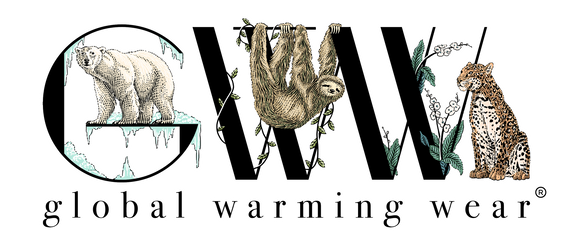Environmentalism Part IX: Thirsty Earth
Unlike oil, water is a renewable resource. The total amount of water on Earth remains constant. However, most of the planet's water is inaccessible for human use. While more than 70% of the planet's surface is covered in water, only 2.5% is fresh water. Almost 70% of that freshwater is frozen solid in the ice caps that cover Greenland and Antarctica. The amount of freshwater that is readily available for use and consumption is only 1% of Earth's supply.
Many areas of the globe are experiencing water scarcity. Depletions of underground water sources known as aquifers, drought, and pollution of freshwater supplies are all responsible for these situations. According to the World Health Organization (WHO), 2.6 billion individuals worldwide lack access to clean drinking water. Disease transmission via contaminated drinking water kills more than 5 million people annually.
One-third of the world's population resides in regions where water stress is acute. Most of these areas are found in developing nations.
Polluted water has a detrimental impact on the environment and people. Agricultural runoff, for example, might include fertilizers and pesticides. When this water enters streams, rivers, and seas, it can harm the organisms that reside in or drink from them. Even in the U.S. in dry states like California, the water scarcity is complex. Farmers are suffering for water because of drought, so they resort to draining the underground water supply, therefore drying up or causing contamination of wells used for drinking water in poor rural communities.
Many methods exist to conserve and protect water resources. Individuals may limit their water usage by changing leaking faucets, taking shorter showers, growing drought-resistant plants, and buying low-water-use appliances. Developing nations can utilize governments, businesses, and non-profit organizations to construct sanitation infrastructure.
When possible, farmers may modify some of their techniques to reduce polluted runoff. Limiting overgrazing, avoiding excessive irrigation, and utilizing non-chemical pesticides whenever feasible are all examples of such changes. Balancing the need of protecting our farmers, and our food supply, is often a complex issue when weighing in environmental impact.
